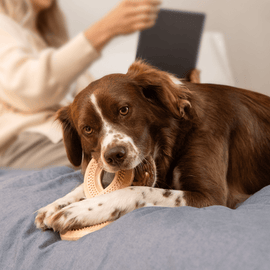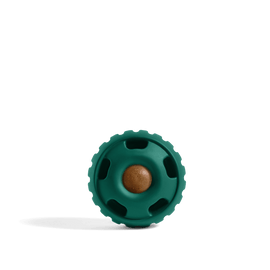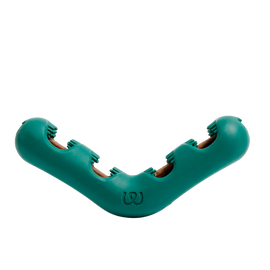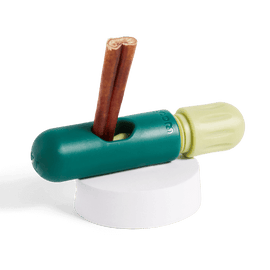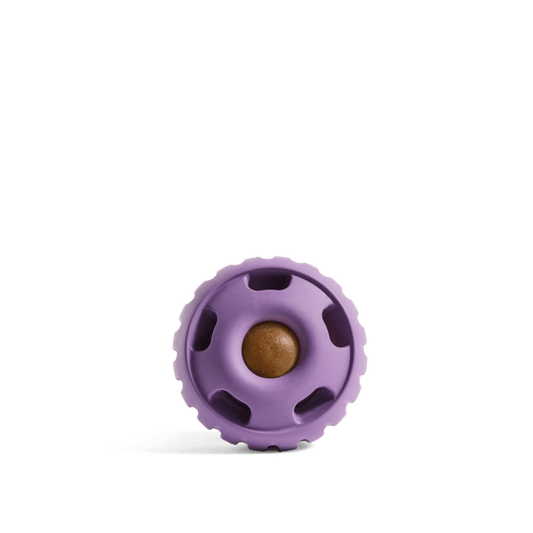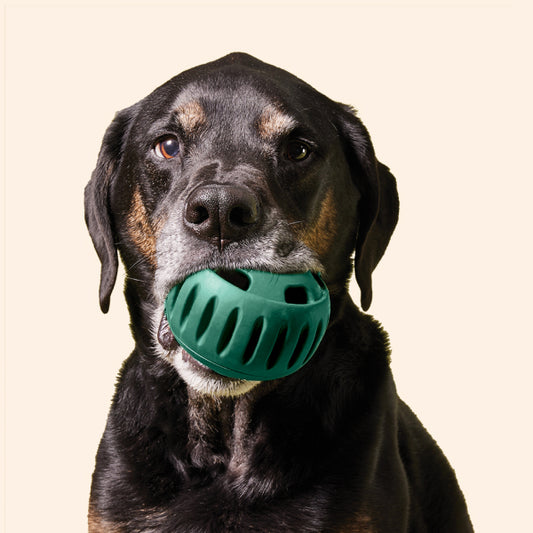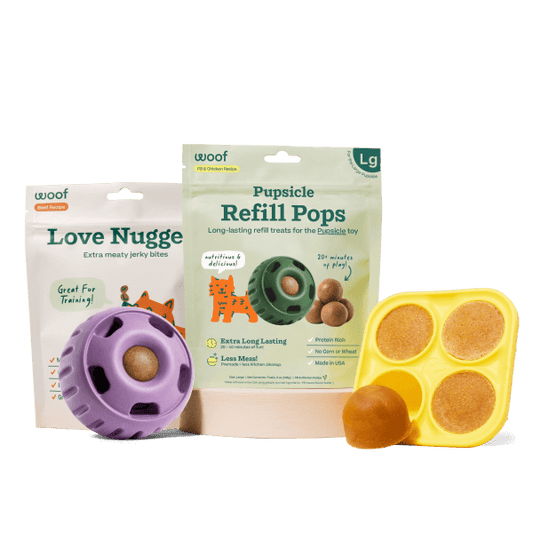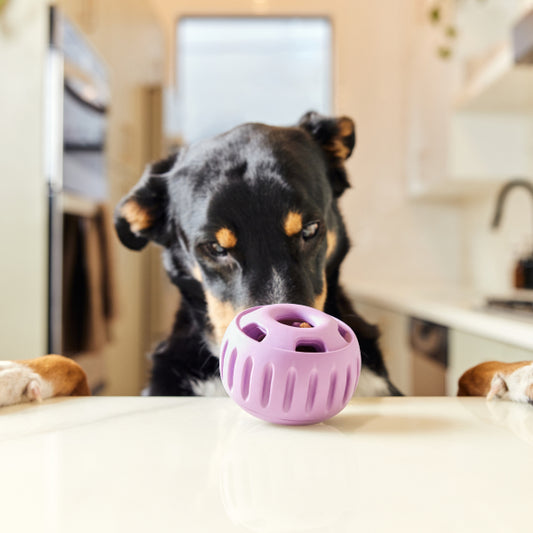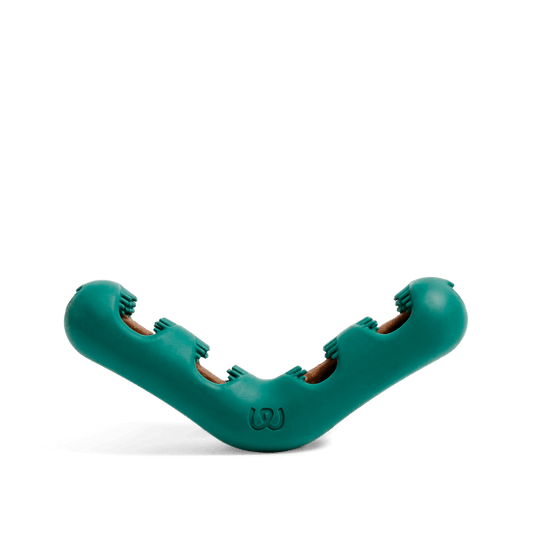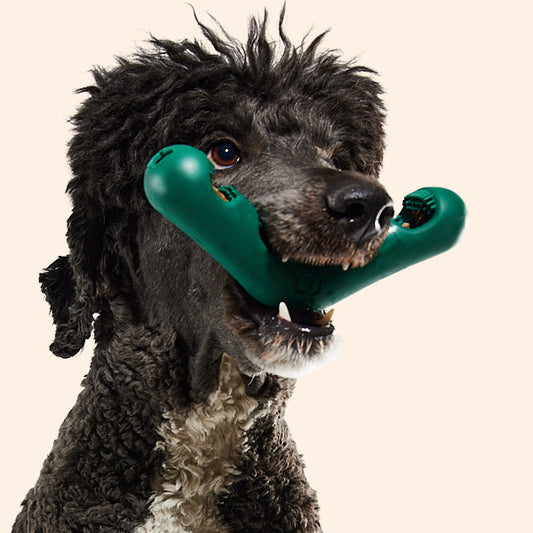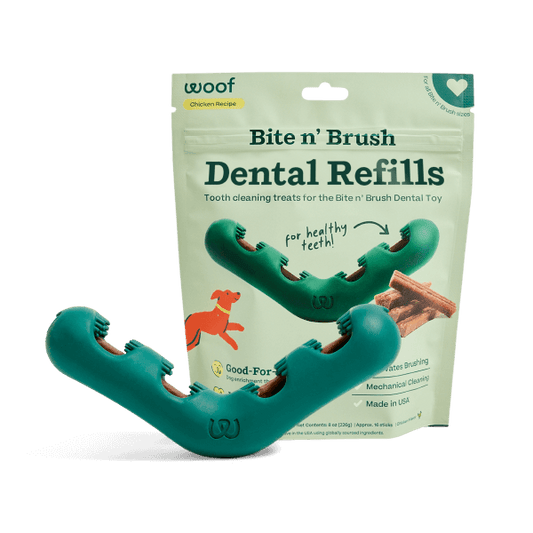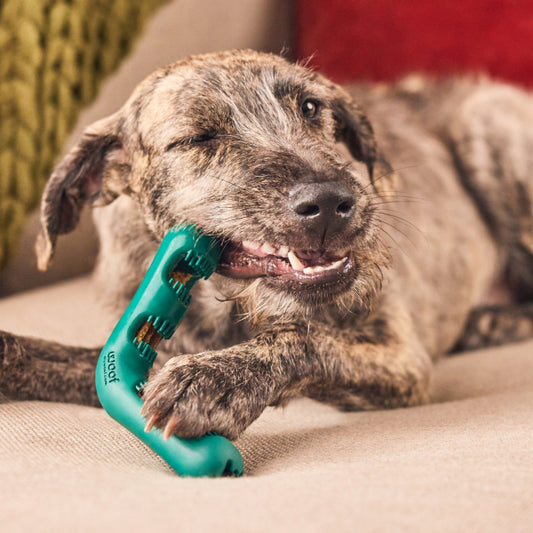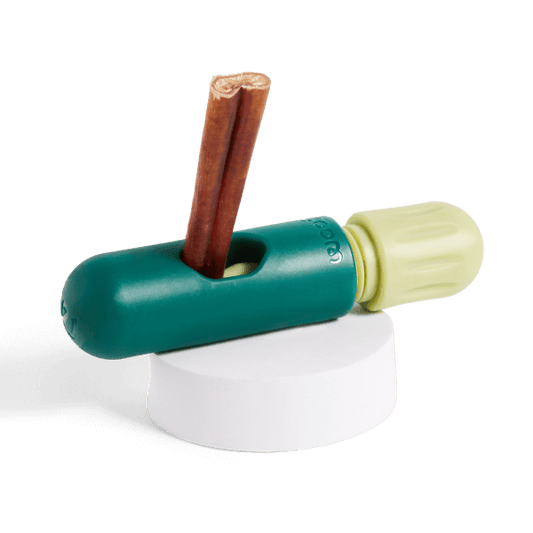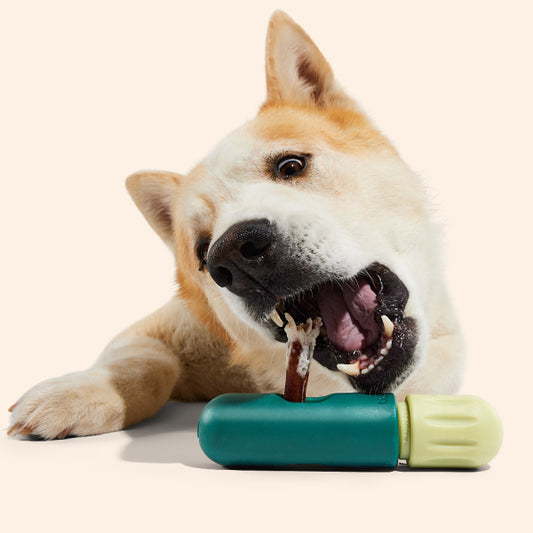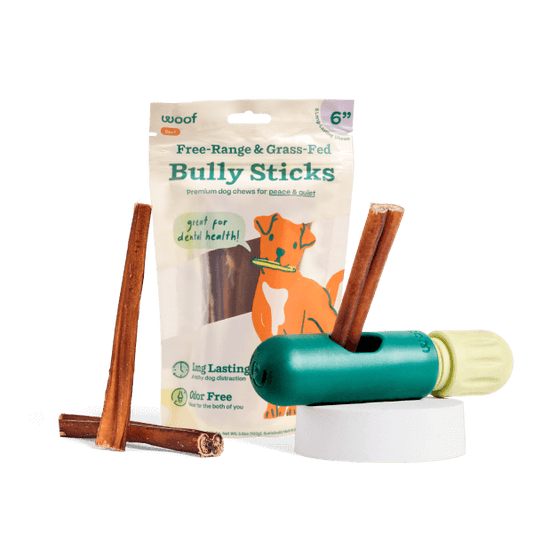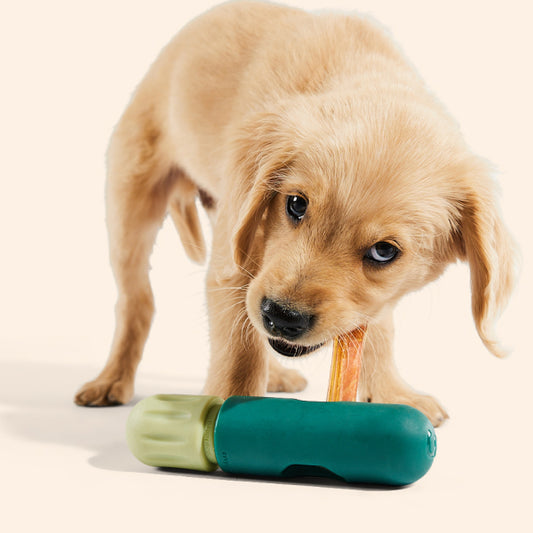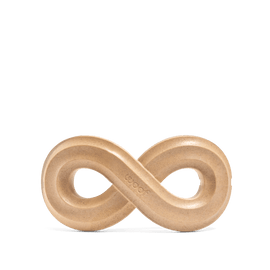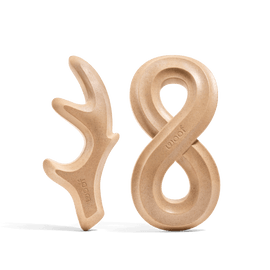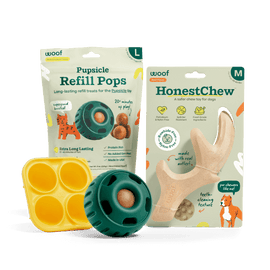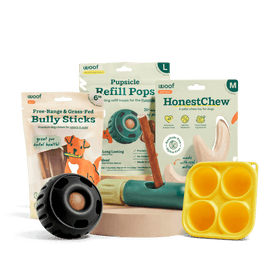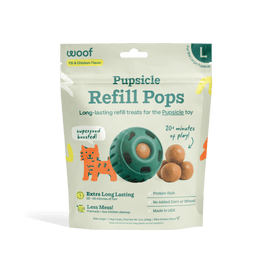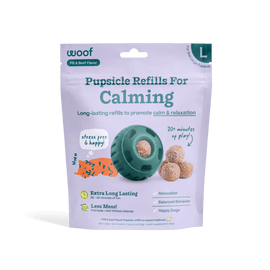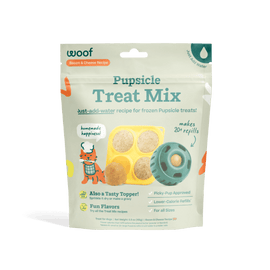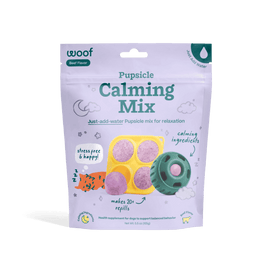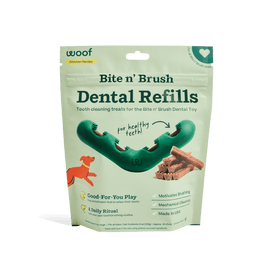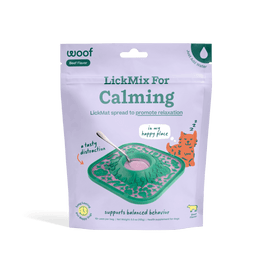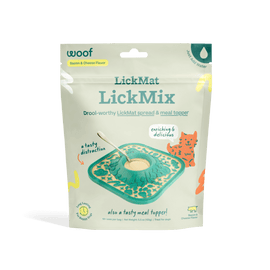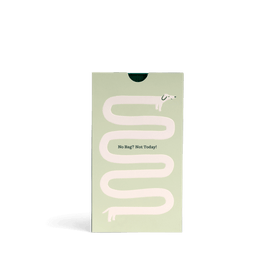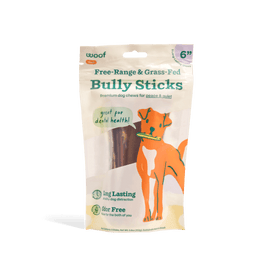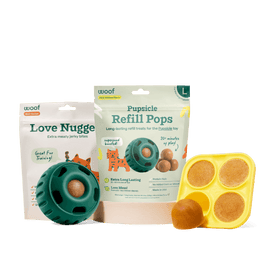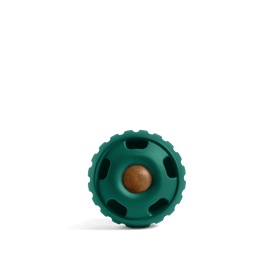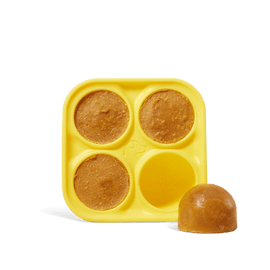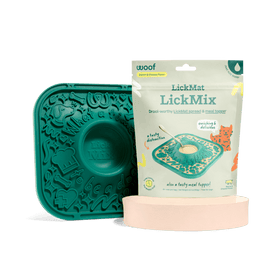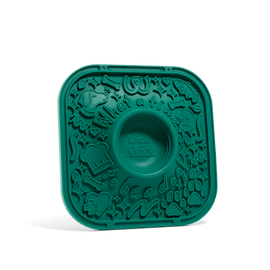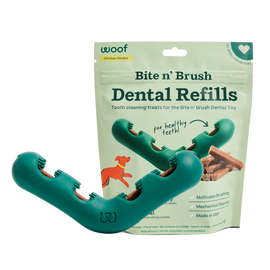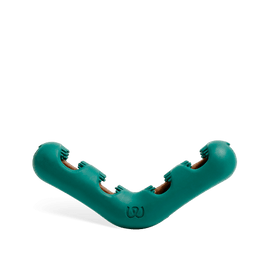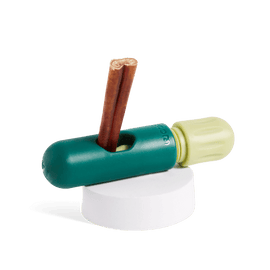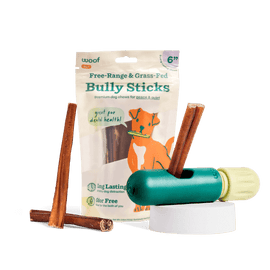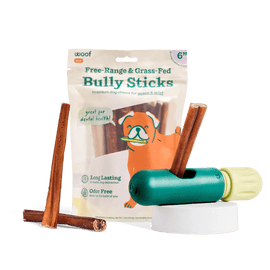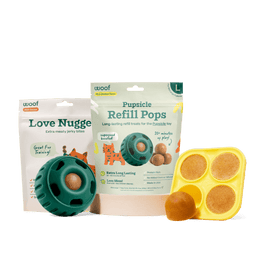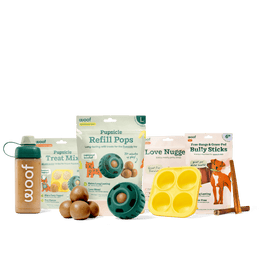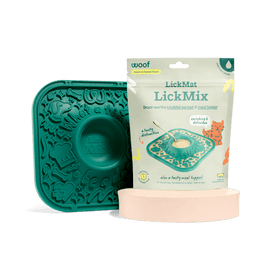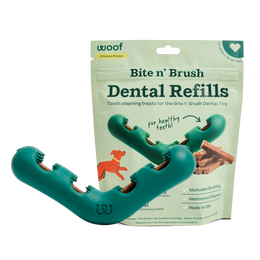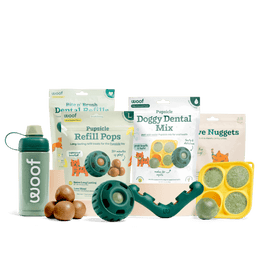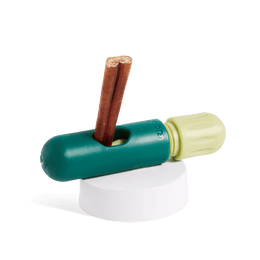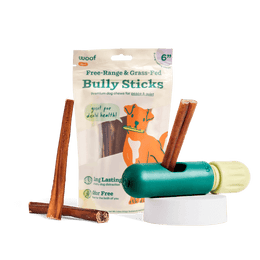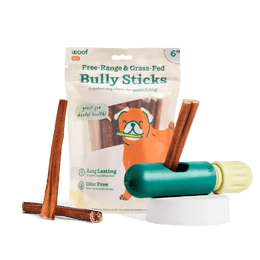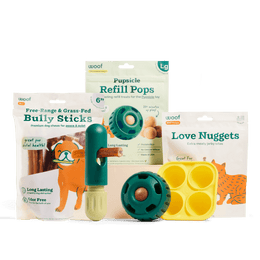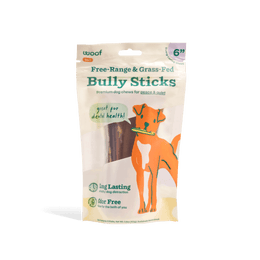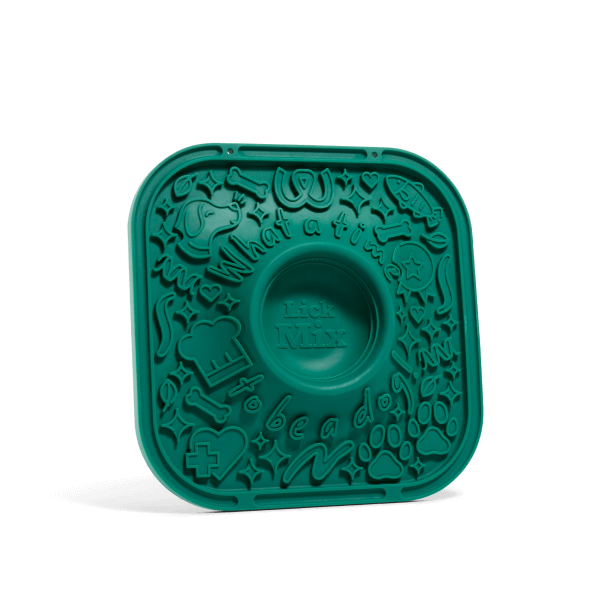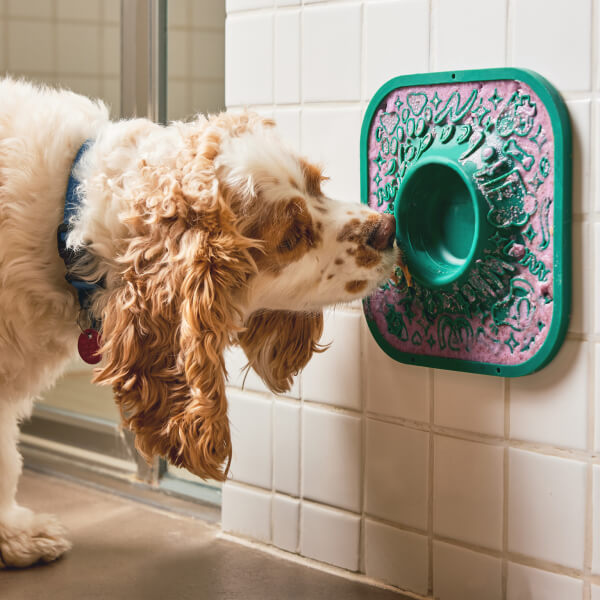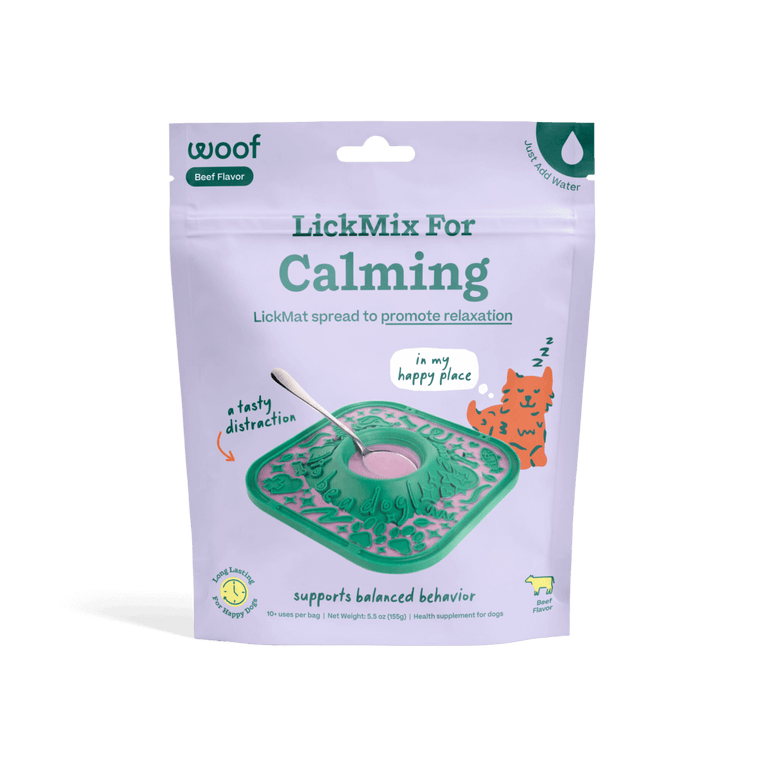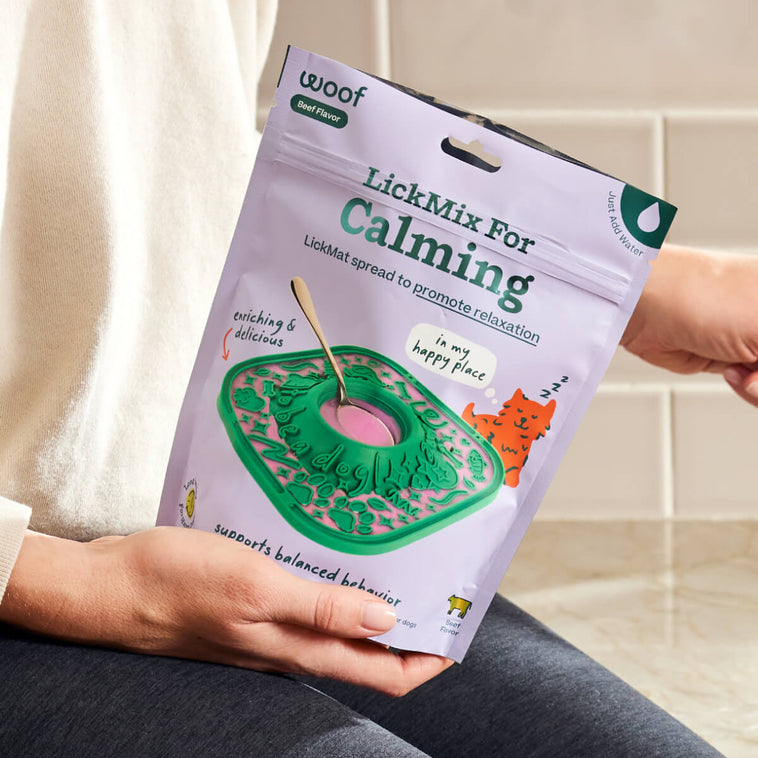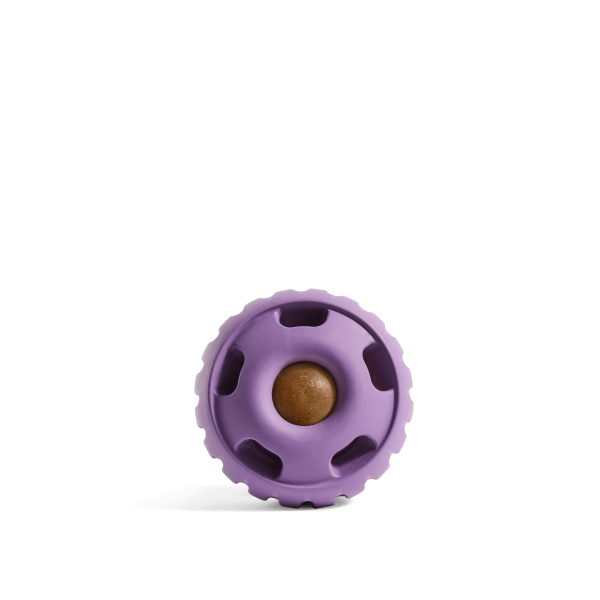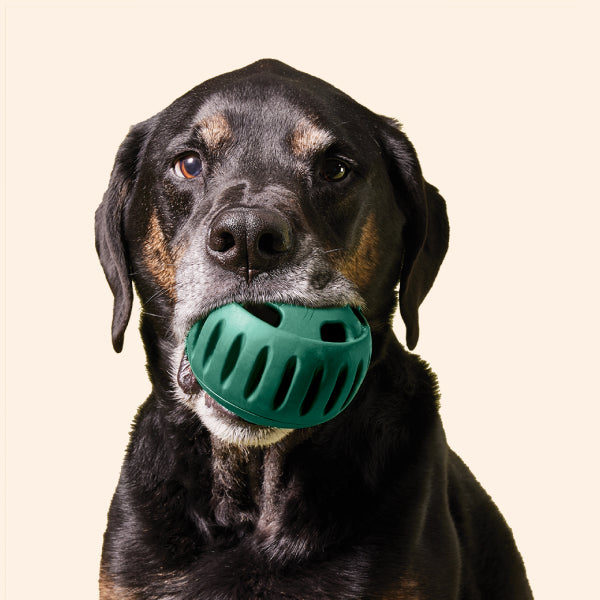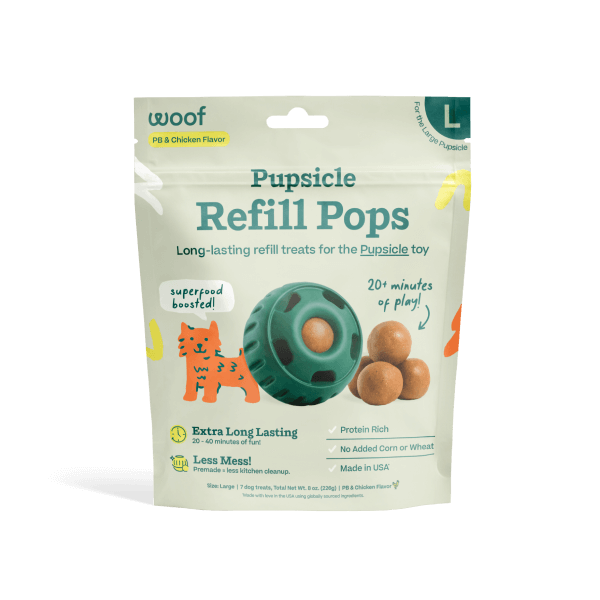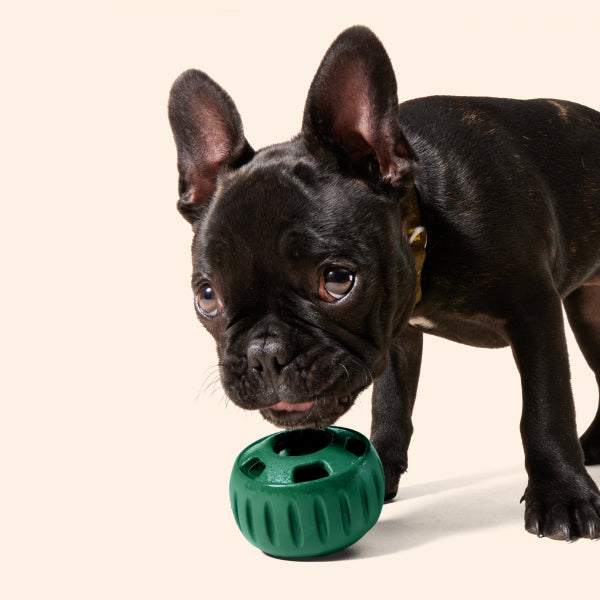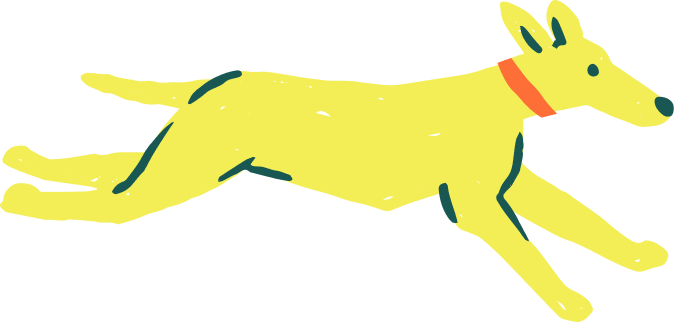
Bringing a new puppy home is a joyful experience, but house training can quickly test your patience. While every dog is unique, certain breeds are notoriously more challenging to house train due to their independent streaks, stubbornness, or specific behavioral traits. Understanding these challenges is the first step toward successful training.
In this article, we'll explore some of the most difficult dog breeds to house train and provide practical tips to help you and your furry friend succeed. Plus, we'll highlight some Woof products designed to make the process smoother for both of you.
Chihuahua
Chihuahuas are tiny but mighty, often displaying a strong-willed and confident personality. Their small size means they have tiny bladders, requiring frequent bathroom breaks. Additionally, they can be sensitive to cold or wet weather, making them reluctant to go outside, which complicates house training efforts.
Consistency is key. Establish a regular schedule and use positive reinforcement to encourage desired behaviors. Consider using indoor potty pads during inclement weather to prevent accidents.
Dachshund
Dachshunds are intelligent and curious, traits that can sometimes translate into stubbornness during training. Their hunting background means they can be easily distracted by scents, making it challenging to keep them focused on house training routines.
Short, frequent training sessions work best. Reward successes immediately and avoid punishment, as it can lead to anxiety and setbacks in training progress.
Beagle
Beagles are scent hounds with an incredible sense of smell, which can lead them to follow their noses rather than your commands. Their independent nature and high energy levels can make house training a prolonged process.
Utilize their love for food by incorporating treats into training. Keep sessions engaging and ensure they get plenty of exercise to reduce restlessness that can lead to accidents.
Afghan Hound
Known for their elegance and aloofness, Afghan Hounds can be challenging to train due to their independent and sometimes stubborn nature. They may not see the point in following commands, including house training routines.
Patience and positive reinforcement are essential. Keep training sessions calm and consistent, and avoid harsh corrections that can damage trust.
Tips for Successful House Training
- Establish a Routine: Take your dog out at the same times each day, such as after meals, naps, and play sessions.
- Positive Reinforcement: Reward your dog with treats and praise immediately after they eliminate in the appropriate spot.
- Supervision: Keep a close eye on your dog indoors to prevent accidents. Use a leash or baby gates to confine them to a manageable area.
- Clean Accidents Thoroughly: Use enzymatic cleaners to remove odors that might encourage repeat accidents in the same spot.
- Be Patient: Understand that setbacks are normal. Stay consistent and patient throughout the training process.
Woof Products to Aid in House Training
At Woof, we offer a range of products designed to support you and your dog during house training:
- The LickMat: Keeps your dog engaged and reduces anxiety during training.
- Calming LickMix: Helps soothe nervous pups, making them more receptive to training.
- The Pupsicle: Provides a tasty distraction that can be used as a reward.
- Pupsicle Pops: Delicious treats that motivate and reward good behavior.
Remember, every dog is different, and what works for one may not work for another. Stay attentive to your dog's needs, and don't hesitate to seek professional help if you're facing persistent challenges. With time, consistency, and the right tools, your dog will learn to be a well-mannered member of your household.
